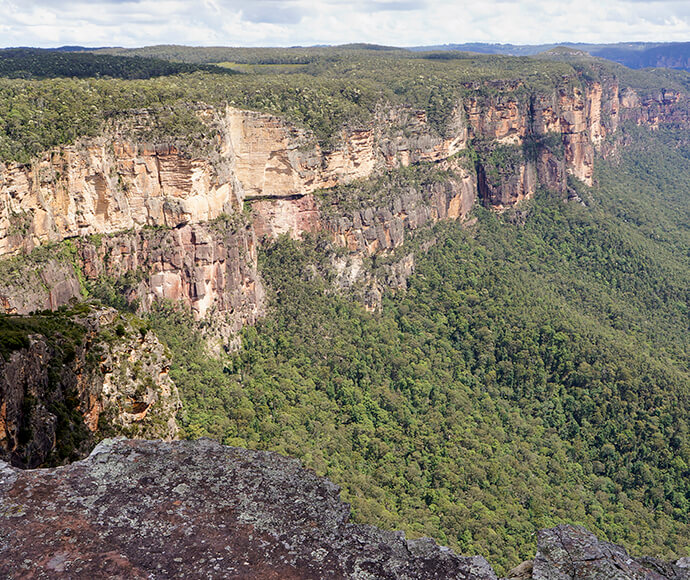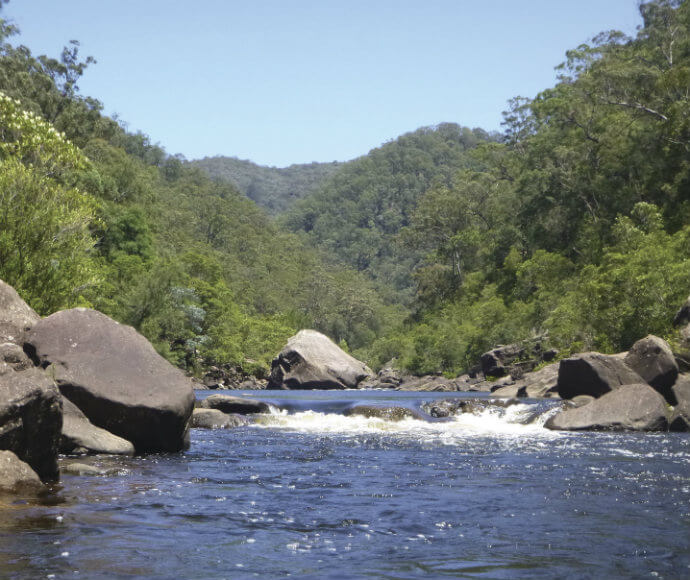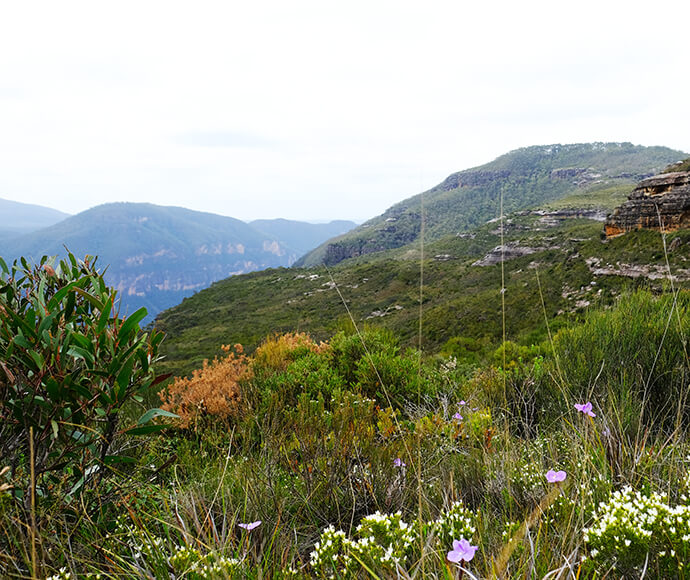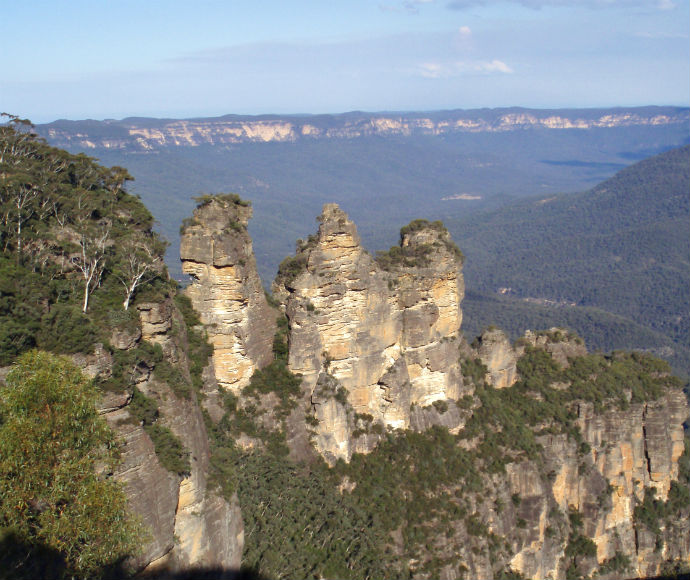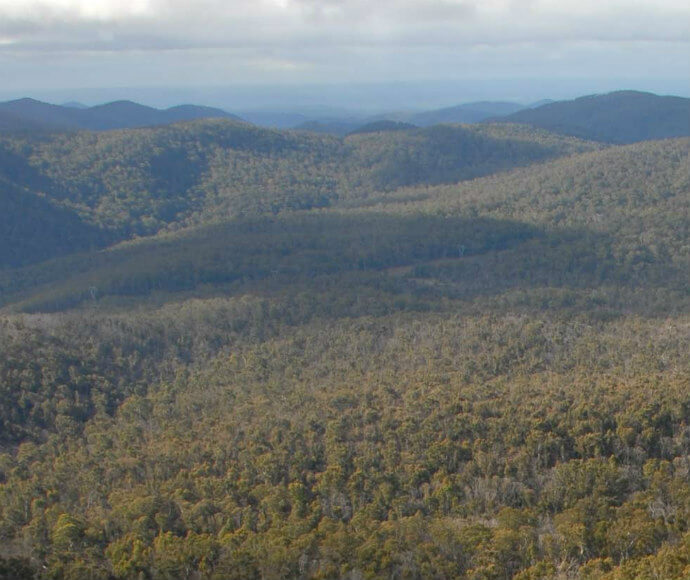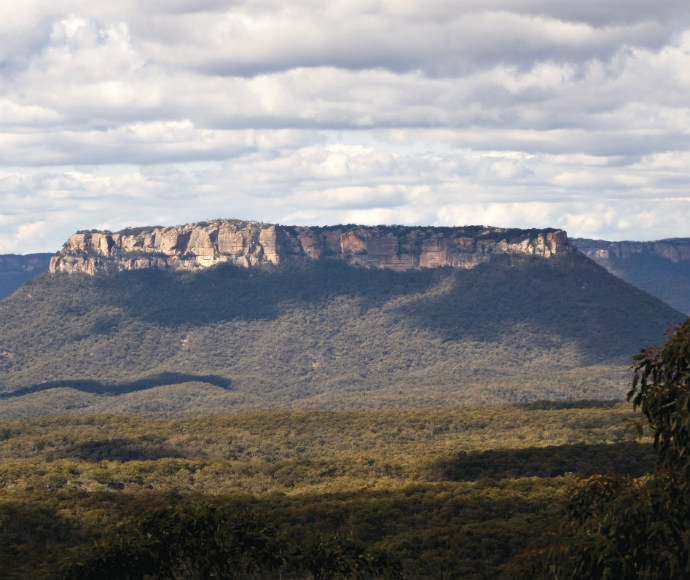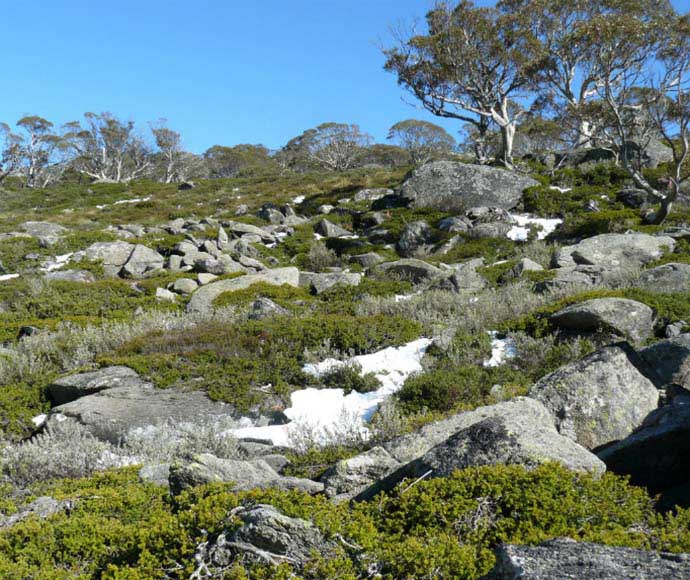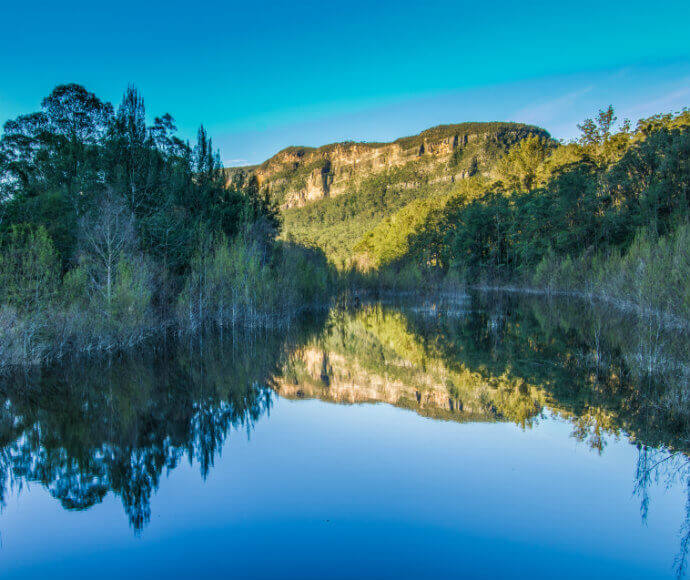About the bioregion
The South Eastern Highlands bioregion includes most of the Australian Capital Territory and extends south into Victoria.
The Lachlan, Macquarie, Murray, Murrumbidgee, Shoalhaven and Snowy Rivers all flow across the bioregion.
A temperate climate dominates the region, with significant areas in the north and south at higher elevations having a montane climate with milder summers.
Soils and vegetation vary in relation to altitude, temperature and rainfall.
There are over 80 plants species listed as threatened, and over 80 animal species also listed as threatened, with a noticeable decline in the endangered regent honeyeater (Anthochaera phrygia), although some non-endangered species are increasing substantially.
There are several national parks and reserves along with private conservation agreements in this bioregion, including Kosciuszko National Park and the Ramsar-listed Blue Lake.
Read Chapter 16, the South Eastern Highlands Bioregion, in Bioregions of New South Wales: Their biodiversity, conservation and history for more information.
Bioregion area
- 8,375,961 hectares in total
- 4,945,318 hectares in New South Wales
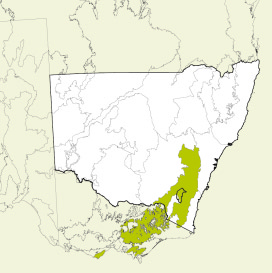
Map showing the South Eastern Highlands bioregion
Parks, reserves and conservation areas
This bioregion includes:
- Abercrombie River National Park
- Blue Mountains National Park
- Brindabella National Park
- Budawang National Park
- Deua National Park
- Gardens of Stone National Park
- Hartley Historic Site
- Hill End Historic Site
- Kanangra-Boyd National Park
- Kosciuszko National Park
- Morton National Park
- Mullion Range State Conservation Area
- Nattai National Park
- South East Forests National Park
- Tallaganda National Park
- Wadbilliga National Park
- Woomargama National Park.
